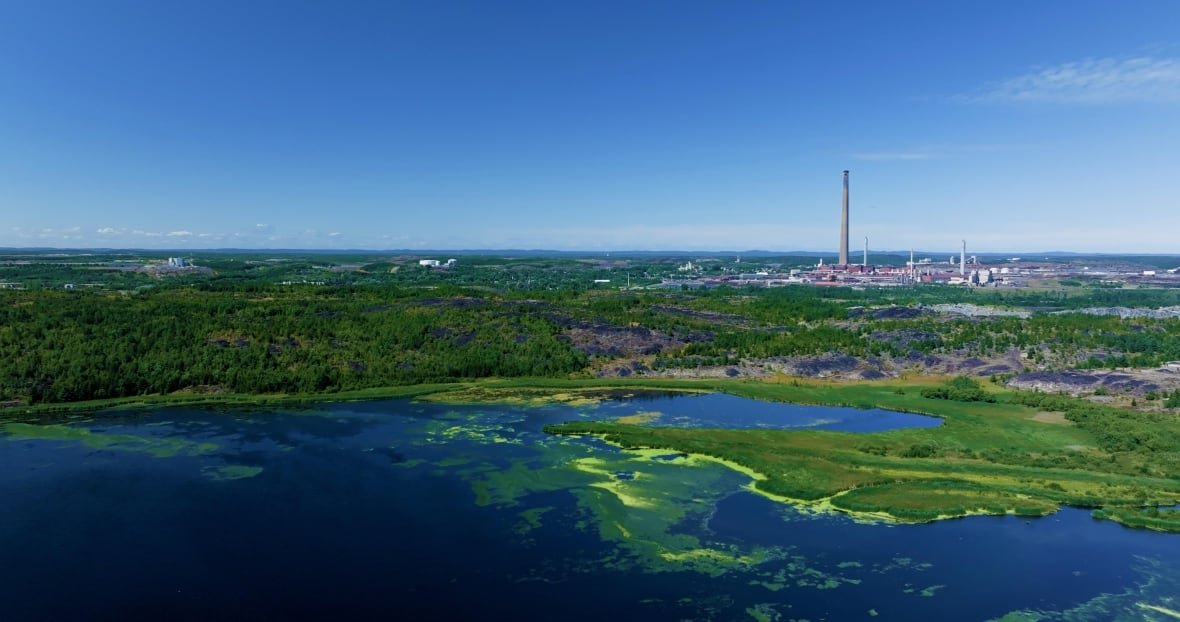Researchers from Laurentian University are delving into historical data to assist communities in managing blue-green algae blooms.
Mackenzie Hobbs, a Masters student, has been gathering sediment samples from lakes in northeastern Ontario to analyze the impact of industrialization on blue-green algae levels in the region.
Hobbs emphasized the importance of understanding the past to shape the future, stating, “We need to comprehend how much we have deviated from natural conditions in lakes, particularly concerning phosphorus levels.”
Bodies of water with elevated nutrient levels, like phosphorus, create an ideal environment for cyanobacteria to proliferate, leading to the formation of harmful blue-green algae blooms that can produce toxins detrimental to humans and animals, prompting beach closures.

Hobbs highlighted that lake sediment offers valuable insights that enable researchers to examine conditions dating back over two centuries, predating the introduction of nutrients from development and industry into local water bodies.
Chironomids, the larval stage of flies that typically inhabit sediment, serve as indicators of oxygen levels in lakes. Hobbs is meticulously identifying these organisms by extracting their head capsules from the sediment.
In her analysis of past phosphorus levels in the lakes, Hobbs is also examining diatoms, microalgae species that thrive in nutrient-rich waters. The presence of specific diatom species in historical records indicates the historical phosphorus content in the water.
Liz Favot, Hobbs’s supervisor and a professor at Laurentian, highlighted the potential for municipalities to address elevated phosphorus levels in lakes identified through the research. However, Favot’s research has revealed that some lakes experiencing blue-green algae blooms have low nutrient levels, attributing the blooms to climate change as cyanobacteria thrive in warmer water.
Favot expressed the challenges of managing such situations, stating, “Addressing blooms in low-nutrient lakes affected by climate change is particularly complex.”
Implications for Espanola
Among the lakes under scrutiny is Apsey Lake, a crucial water source for the town of Espanola.
Joseph Burke, Espanola’s chief administrative officer, acknowledged that Hobbs’s research could influence land use policies near the lake.
Burke noted an increase in blue-green algae blooms in Apsey Lake since 2015, emphasizing the importance of implementing new policies or measures, such as land use planning, to mitigate and reverse the lake’s health decline.

